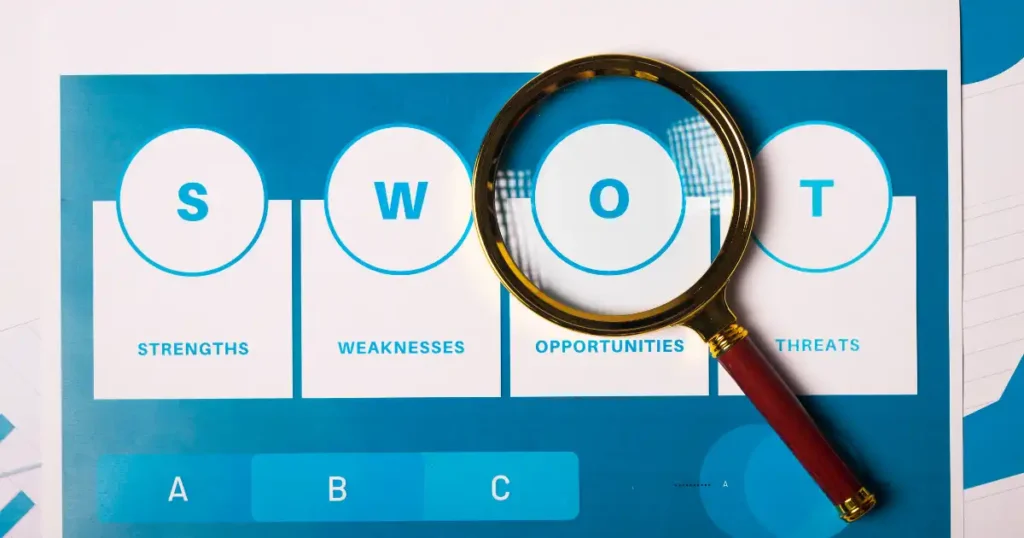Table of Contents
When it comes to the Lean Six Sigma methodology, the best way to approach it is through its respective belts. The belts available within Lean Six Sigma are:
- Green Belt
- Black Belt
- Master Black Belt
Also Read: Help me choose a Six Sigma Belt/Level
In this article, we are going to explore what the White Belt is all about.
The White Belt is often the belt that is overlooked within Lean Six Sigma. It is an introductory belt which is mainly focused on a high-level introduction of key terms, concepts and the approach. It is also focused on the fundamentals of Lean Six Sigma and doesn’t expand too much further on these. The aim of the White Belt is for you to walk away clear in your mind the following:
- What Lean is.
- What Six Sigma is.
- What quality is.
- The importance of the customer.
- The 7 tools of quality.
Outside of these topics, very little more is covered off, but you should be clear at the end of the White Belt course what these elements are, how they can be deployed and why. You should have the confidence to explain them to others but do little else at this stage.
What you will see and gain from a White Belt course

The merit of doing a White Belt course is that it introduces you to the key concepts, topics and tools situated within the Lean Six Sigma family. Equally, being trained by a certified Lean Six Sigma practitioner means solid and reliable insight, knowledge and information can easily flow at this early stage. Even though it is an introductory level, it does not need to skimp on quality detail.
It is also a great way to begin the conversation around the art of the possible. This is what Lean Six Sigma does, this is how it does it, these are the benefits you will see, these are the tools you can deploy etc. It opens up the mind to the possibility of what can be achieved through business improvement endeavours and initiatives.
You will also see good structure early on. The Lean Six Sigma approach is a very methodical, logical framework which successfully hangs tools, concepts and techniques off of it. The White Belt level is no different, and you can understand early on what this framework looks like and how it operates. The great thing about the White Belt being focused on the fundamentals is that it always sparks off conversations around why, how, what if, when, where, who etc. It doesn’t contain the belt to a specific focus on the above elements laid out (quality, customer etc.) but helps you to understand their importance and where they stand in the wider ecosystem of Lean Six Sigma.
Lean Six Sigma: White Belt – See what’s in the course
What you won’t see or gain from a White Belt course
As well as understanding what to expect from the White Belt level, it is also important to understand what you won’t see or gain from taking such a course. As it is focused on the high level and an introductory fundamental approach to the topic, you won’t see much of the following:

- Practical demonstrations which involve your input.
- Teamwork exercises.
- The need to complete some form of work outside of the course.
- The need to deliver a project at the end of the course to certify.
- The DMAIC project management approach – what it is, how to deploy it, best practices etc.
- Any form of statistics.
- Any tools outside of the basic 1 or two per topic (for example, one or two voice of the customer tools may be introduced).
The majority of these points will be covered in later iterations of the Lean Six Sigma family, Yellow Belt and upwards. At the White Belt level, we stick to concepts and an introductory approach.
The Value of the Six Sigma White Belt
Given that a lot more comes from the belts higher than the White Belt, why bother doing the White Belt at all? Who should do it? Well, it does still have immense value, and here is why.

If you are completely new to the world of Lean Six Sigma, diving straight in at the Yellow Belt level could be very daunting. At that level, you will be learning over a period of days, will be doing practical exercises, be exposed to a range of tools, be talked through the project management methodology etc. It is a LOT, especially for a newbie. White Belt level introduces all of the key concepts, terms and approaches in a way that eases this.
Join our Six Sigma White Belt Certification Program
Equally, the White Belt is very useful for larger groups. If you are looking to train people pre or post the implementation of a business improvement initiative or the launch of a new efficiency drive, gaining this understanding across a large group of people really helps set the tone for what is to come next.
It is also really helpful to get buy-in and see who is interested in taking this certification forward. By introducing people to the world of Lean Six Sigma through this belt, you can gauge who wants to continue to learn more and become change and improvement champions in the business. Some people will become hugely interested in the concepts at this early stage and will want to learn more. The White Belt is a great way to sell the methodology in the business.
Also Read: Lean Six Sigma White Belt exam: Actual questions & answers
Conclusion
Although, compared to the other belts, the White Belt is a lot smaller, less impactful and less interactive, it does still have huge value if used in the correct setting. If you are looking to gauge interest, deploy in large groups or do some post-implementation training, it is a good tool to use. It is also worth remembering that as long as you keep the fundamentals of the White Belt in the training you deliver, you can tailor it more to your own business and circumstance to get more engagement, more interest and more understanding of the topics and concepts covered. The White Belt definitely has a place in the Lean Six Sigma family of belts.







